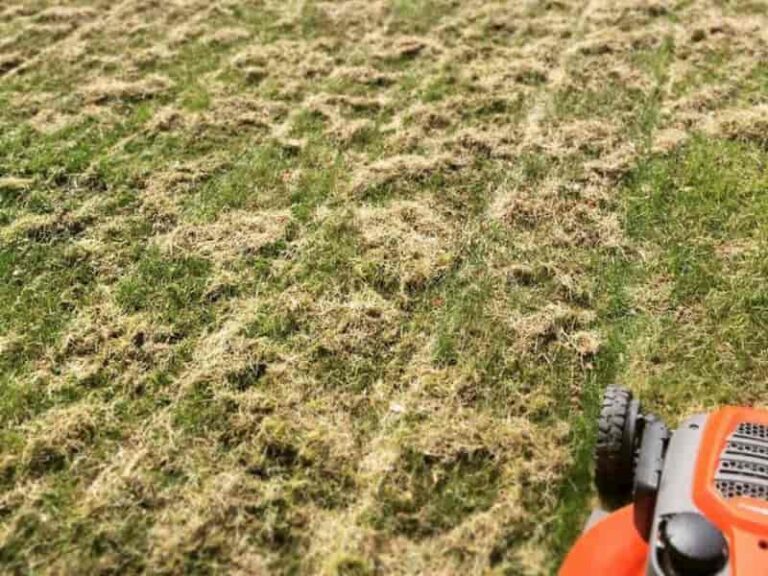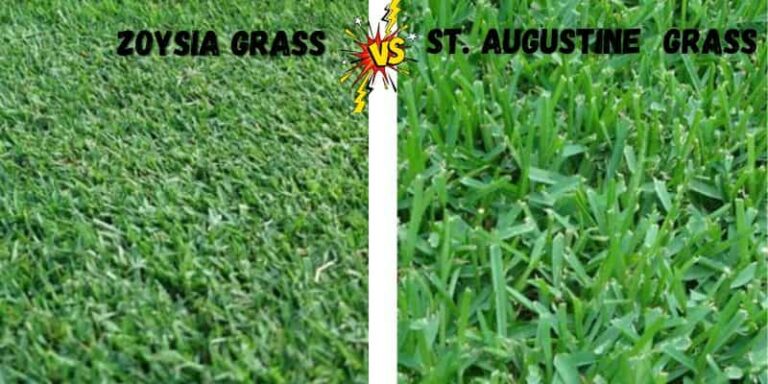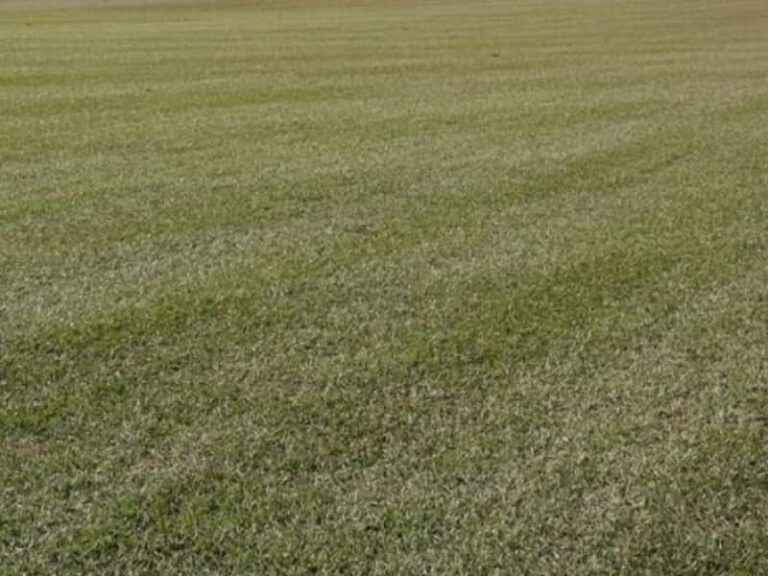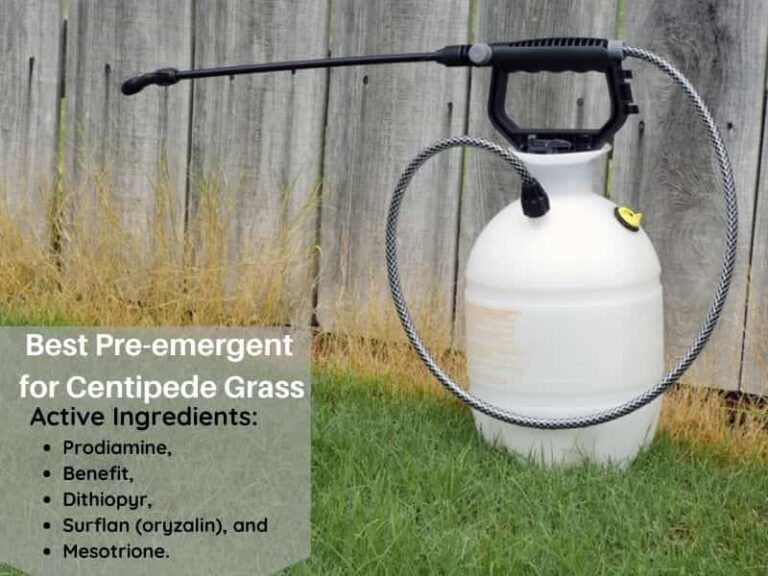Centipede Grass Vs. Zoysia
Homeowners and recreational facilities have always looked for grass that provides a wave of green lush. Centipede grass and Zoysia are top of the list when these homeowners want deep green grass. As warm-season perennial turf grasses, they do well in sunny climates. Still, they have features that set them apart. They have different growth patterns that make them challenging to mix on one lawn.
Zoysia grass is a good fit for a water-scarce area since it shows excellent drought resistance. Also, it thrives in coastal areas because it can withstand salty conditions. Centipede, on the other hand, is low maintenance. Its biggest undoing is its vulnerability to pests and fungal diseases.
If you’re looking to establish either of these grasses, we’ll highlight some differences that will help you make an informed choice.
Centipede Grass
Centipede grass is a warm season perennial grass. It is pale green with thick, coarse blades. This turfgrass can be established by seeds, plugs, or sprigs. It spreads by producing above-ground stems called stolons. The stolons grow on the surface and not by the root system. Therefore, centipede grass will spread slowly.
Centipedegrass has high heat tolerance but struggles in dry conditions, especially during the drought season in sandy soils. It has a weak root system that is shallow and sparse, which reduces its survival chances.
Centipede, however, is a hardy grass that tolerates insufficient fertilization and nutrient-deficient soil.
Unlike Zoysia, it doesn’t go dormant. It suffers winter damage that sometimes kills it.
Centipede grass does not do well in high traffic areas and takes longer to recover from injury. It is therefore not ideal for areas with heavy traffic like athletic fields. Centipede grass is mainly grown in areas with minimal possibility of wear, such as residential lawns, roadsides, and golf courses.
Centipede grass turns yellow due to iron deficiency. Application of Iron chelate or Sulfate corrects the condition.
Centipede grass thrives in sandy, acidic pH 4.5-6 soils, mostly in the southern region of the United States. It does not thrive in soils with high amounts of phosphorus or high PH. If the soils have high pH, use sulfur to lower the pH.
Use soil analysis information to determine the amount of sulfur or iron you should apply.
Zoysia Grass
Zoysia grass is a warm-season perennial turfgrass. It spreads by both stolons and rhizomes. Its leaves are rich in silica, making them stiff. This varies with different varieties.
It is a high-maintenance turfgrass that requires several fertilizer applications per growing season. It needs 2-3 applications during the growing seasons, with each application using 1 pound of fertilizer per 1000 square feet.
Zoysia grass needs to be deeply watered. Irrigate the grass 1-1.15 inches deep into the soil during summer. Irrigate it about 3-5 times a week. Increase the watering frequency if you are growing Zoysia in fast-draining sandy soils.
Zoysia grass can be challenging to mow evenly because of its leaf composition and thickness. Therefore, you need a rotary or reel mower. A mowing height of 1-2 inches every 5 to 7 days for home lawns and 3 to 5 days for golf courses is preferable.
Zoysia grass can be planted with seeds, sprigs, and sod. Zoysia Japonica is the only cultivar that can be grown with seed. Other cultivars include Zoysia Matrella and Zoysia Tenuifolia. Improved cultivars that have been developed include the coarse-textured; Meyer, Blaire, Eltoro, Empire, Jamur, and Innovation. Fine-textured cultivars include Emerald, Zeon, Cashmere, Royal, and Leisure time.
Zoysia grass is ideal for lawns, golf courses, athletic fields, and parks. It does well in most soils, from sandy soils to clay soil. Furthermore, it does well in alkaline and acidic soil.
Zoysia grass is highly drought-tolerant. Its extensive root system and the leaves’ ability to roll at the onset of drought help in getting and retaining water in dry conditions.
It is salt tolerant and can grow on sandy shores with well-drained soils. However, it does not do well in poorly drained soils.
You need to be careful about where you grow Zoysia. It has a slow growth rate and slow recovery from damage. It would do poorly in a high-traffic area.
Due to its thick, dense growth, it can resist weeds and pre-emergent and post-emergent herbicides better than centipede grass.
Zoysia is relatively resistant to pests and diseases. The most common enemies for this grass are insects such as ground pearls and diseases such as brown patches, rust, and dollar spot.
Zoysia Vs. Centipede Grass
Centipede and Zoysia grasses are not suitable for similar regional and climatic conditions. Centipede grass is recommended for US Department of Agriculture plant hardiness zones 8-10. These areas have high rainfall and mild winters, such as Southeast Texas. Zoysia is adapted for USDA zones 6-9. These are areas such as Arizona and California that experience low rainfall.
Here’s a summary of the differences between Centipede and Zoysia grass.
| Centipede Grass | Zoysia Grass |
| Low maintenance. It needs infrequent fertilization, minimal irrigation, and infrequent mowing. Apply 1-2 pounds of nitrogen fertilizer per 1000 square feet. | High maintenance. It needs frequent mowing and dethatching. Apply 2-4 pounds of nitrogen fertilizer per 1000 square feet. |
| Can easily decline and die due to cold, drought, and high fertilization. | It is durable once it establishes. |
| It is sensitive to cold weather. It is intolerant to cold and frost and prefers warm winters. | It is cold and frost-tolerant because it goes into dormancy when the temperatures fall and returns when they rise. |
| It takes approximately 28 days to germinate and three years to establish. | It can take five months to germinate and around three years to fully establish. |
| Susceptible to insects and pests such as ground pearls and nematodes. | Not vulnerable to specific insects and pests. |
| Due to its slow growth, it is susceptible to encroachment by weeds such as crabgrass, goosegrass, and knotweed. | Able to resist weeds due to its thick, dense nature. |
| Thrives in acidic soils of pH 4.5-6.0. | Performs best in pH 6.0-6.5 soils. Still, it survives in more acidic soils. |
| It is moderately drought tolerant. | It is extremely drought tolerant. |
| Requires about six hours of sunlight and tolerates moderate shade. | Requires full sun for a full day but is tolerant to shade. |
| The best time to plant centipede grass is late spring to summer when the soil is warm. | The best time to plant is from late spring to early summer. It is established primarily by vegetative means except for the Zoysia Japonica cultivar. |
| Watering 1 inch of water per week from either rainfall or irrigation and more frequently for the sandy soil. | When the lawn appears dry, apply ¾ to 1 inch of water to prevent dehydration. |
Pros of Centipedegrass
- It is low-maintenance turfgrass.
- It has low nutritional requirements.
- This type of grass survives in acidic soils that other turfgrasses would not survive.
- It can stunt the growth of weeds and reduce your expenditure on weed control.
Cons of Centipedegrass
- It is intolerant to cold and can die from prolonged exposure to cold conditions.
- Centipede grass will require an iron supplement in alkaline conditions. Centipede grass may suffer from iron chlorosis in areas with a PH above 7.0.
- Centipede grass is highly susceptible to pests and diseases, especially if you neglect it.
Pros of Zoysia Grass
- It is durable.
- Its drought and cold tolerance allow it to survive in transition regions where most turfgrasses do not thrive.
- Zoysia grass thrives in salty conditions.
Cons of Zoysia Grass
- It is high maintenance and has high nutritional requirements.
- Zoysia takes long to grow and will take longer to recover from traffic, extreme drought, and injury.
Which is better, Zoysia or Centipede grass?
Each grass has a set of advantages and disadvantages. The choice between Zoysia and Centipede grass depends on why you want the grass.
Centipede grass is better than Zoysia when you want low-maintenance grass for a large space. It does well in hot weather, requires minimal mowing, and it can thrive when the water supply is low. Therefore, it is the better choice for a decorative lawn with minimal foot traffic. Also, it is better in areas where weeds are a constant problem.
However, Zoysia is great if you’re looking for hardy grass in a coastal setting with harsh soils and weather conditions. It’s a slow grower, but it will give you a great cover all year. While you may spend more on maintenance, you will worry less about pests and diseases.
Can Zoysia overtake centipede?
It is typical of Zoysia grass to overtake Centipede grass because of its extensive root system. You’ll best see this takeover in hot regions with dry summers. Centipede grass will die out faster than Zoysia since Zoysia is more drought-tolerant.
Zoysia grass copes better than Centipede grass during the cold season. During frost, Zoysia grass enters a period of dormancy and revives later, while Centipede grass suffers from winterkill. If the area is prone to frost, you would have to keep replacing your Centipede grass lawn.
Zoysia will recover and do better than Centipede grass in areas prone to traffic, wear or tear. This is because of the nature of Zoysia grassroots.
Zoysia’s thick sod enables it to resist weeds, pests, and diseases better than Centipede grass. This makes Zoysia survive all year round in conditions where Centipede grass would be struggling.
Can you mix Zoysia and Centipede grass?
You can mix Zoysia and Centipede grass, but the outcome will be undesirable. While they are both warm-season grasses, they have different root systems and nutritional needs that would leave your lawn patch if you mixed them.
Additionally, while they are both slow growers, they have different shades of green that would compromise color uniformity and density on your lawn.
Because of the Centipede grass’s demanding nature, these two are not the best companions for a lush green lawn. Centipede has a fussy nature and is not as durable as Zoysia.
References
- Clemson Cooperative Extension; Centipedegrass
- Clemson Cooperative Extension; Zoysiagrass





